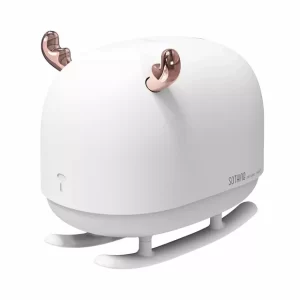Can I run vinegar through my humidifier to clean it?
Introduction
Regular cleaning and maintenance of your humidifier are essential for ensuring optimal performance, preventing the growth of mold or bacteria, and maintaining good indoor air quality. Vinegar is a natural and effective cleaning agent that can be used to remove mineral deposits, mold, and other residues that can accumulate in your humidifier over time. In this comprehensive guide, we will provide a step-by-step process for cleaning your humidifier using vinegar, discuss the benefits and precautions, and offer additional tips for maintaining a clean and well-functioning humidifier.
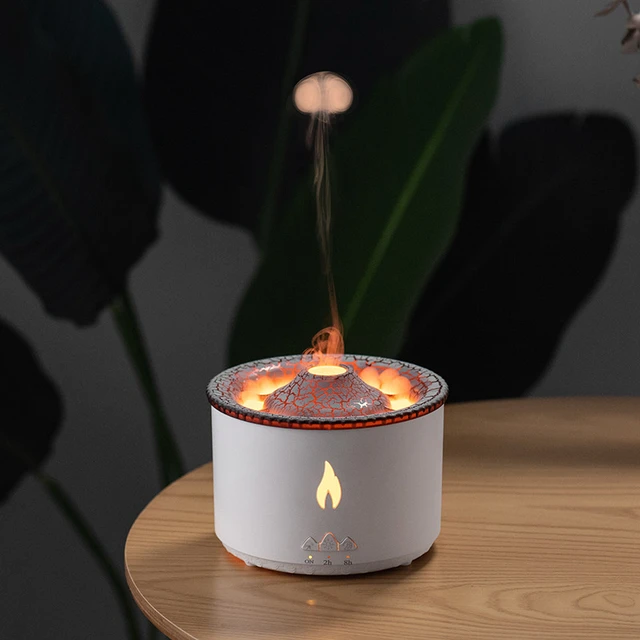
Can I run vinegar through my humidifier to clean it?
I. Understanding the Benefits of Cleaning with Vinegar
-
Natural Cleansing Properties:
- Vinegar, specifically distilled white vinegar or apple cider vinegar, is an effective natural cleaning agent. Its acidic properties help dissolve mineral deposits, limescale, and other buildup that may occur in your humidifier.
-
Non-Toxic and Environmentally Friendly:
- Using vinegar as a cleaning agent is a safe, non-toxic, and environmentally friendly option compared to harsh chemical cleaners. It is a natural alternative that poses no harm to you or your indoor air quality.
-
Cost-Effective Solution:
- Vinegar is readily available in most households and is a cost-effective option for cleaning your humidifier. It eliminates the need to purchase specialized cleaning products, potentially saving you money in the long run.
II. Precautions and Safety Measures
-
Unplug and Disconnect the Humidifier:
- Before cleaning your humidifier with vinegar, ensure that it is completely turned off and unplugged from the power source. Disconnect any water supply and allow the unit to cool down before beginning the cleaning process.
-
Ventilate the Area:
- To avoid the strong smell of vinegar, provide adequate ventilation in the room during the cleaning process. Open windows or turn on fans to circulate fresh air and dissipate the vinegar odor.
-
Avoid Using Vinegar on Certain Parts:
- Vinegar should not come into direct contact with rubber or delicate plastic parts of your humidifier, as it may cause deterioration or damage. Ensure you carefully read the manufacturer’s instructions to determine which parts should be avoided during the cleaning process.
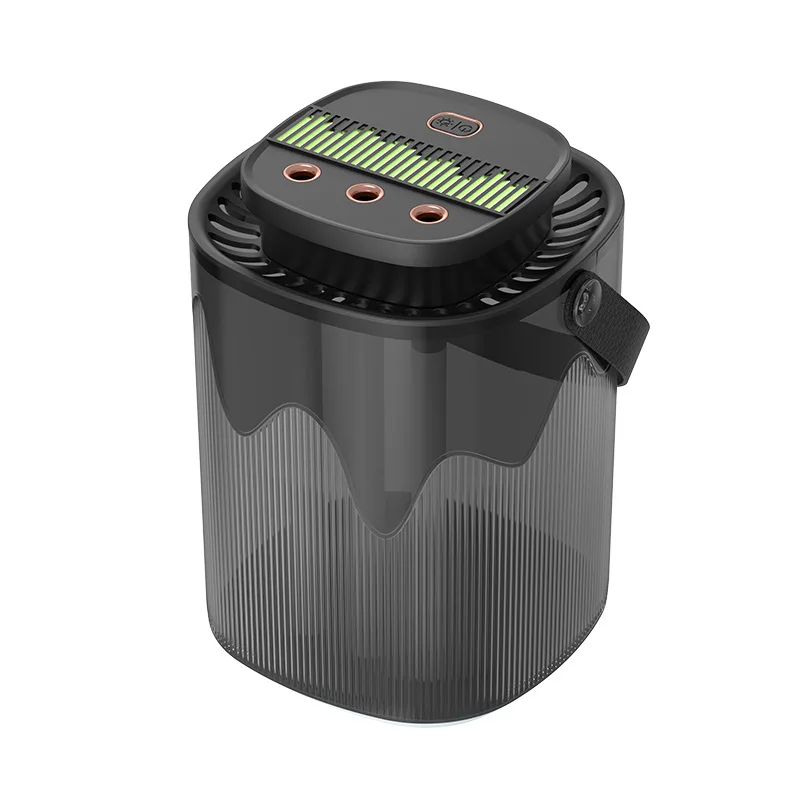
III. Step-by-Step Process for Cleaning with Vinegar
-
Gather Your Supplies:
- Before starting the cleaning process, gather the necessary supplies, including vinegar (distilled white vinegar or apple cider vinegar), water, a soft brush or cloth, a sponge, and a small bowl or container.
-
Dilute the Vinegar:
- In the small bowl or container, mix equal parts of vinegar and water. The mixture is typically around half vinegar and half water, although you can adjust the ratio based on the severity of the buildup and the manufacturer’s recommendations.
-
Disassemble the Humidifier:
- Follow the manufacturer’s instructions to disassemble your humidifier. Remove the water tank, any detachable parts, and the filter (if applicable).
-
Soak the Detachable Parts:
- Submerge the detachable parts, such as the water tank, filter, and other removable components, in the vinegar and water solution. Let them soak for at least 30 minutes to loosen any mineral deposits or grime.
-
Clean the Water Tank:
- Using the soft brush or cloth, scrub the interior and exterior of the water tank with the vinegar and water solution. Pay particular attention to any areas with visible buildup or residue.
-
Clean the Base or Housing Unit:
- Dampen the sponge or cloth with the vinegar and water solution and wipe down the base or housing unit of the humidifier. Clean any surfaces that may have accumulated mineral deposits or residue.
-
Rinse and Dry:
- Thoroughly rinse all the parts that were soaked in the vinegar and water solution with clean water. Ensure you remove any traces of vinegar. After rinsing, allow the parts to air dry completely.
-
Reassemble the Humidifier:
- Once all the parts are dry, reassemble the humidifier according to the manufacturer’s instructions. Ensure that all parts are properly fitted and secured.
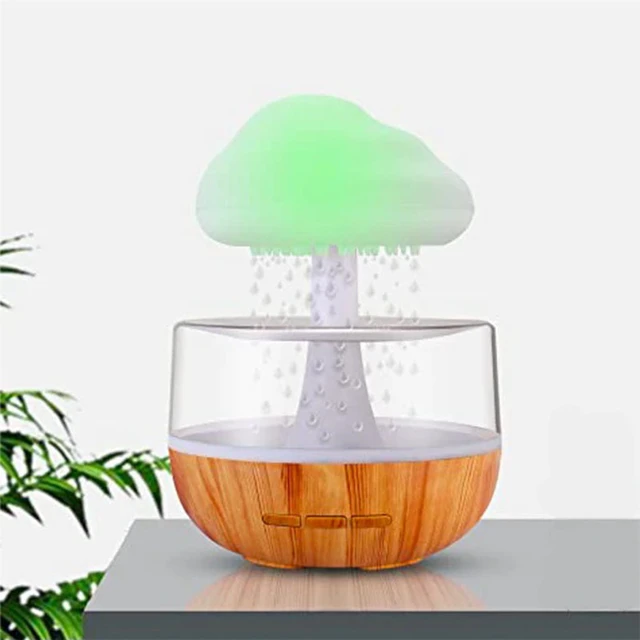
IV. Additional Tips for Maintaining a Clean Humidifier
-
Regular Cleaning Routine:
- Incorporate regular cleaning into your humidifier maintenance routine. Aim to clean your humidifier every few weeks, or more frequently if the manufacturer recommends it.
-
Daily Care:
- Empty and rinse the water tank of your humidifier daily to prevent the growth of bacteria or mold. Dry the tank thoroughly before refilling it with fresh water.
-
Follow Manufacturer’s Instructions:
- Always refer to the manufacturer’s instructions and guidelines specific to your humidifier model. Adhering to these instructions ensures you understand any specific cleaning requirements or recommendations for your device.
-
Replace Filters as Recommended:
- If your humidifier uses a replaceable filter, follow the manufacturer’s guidelines regarding filter replacement. Regularly changing the filter ensures proper functioning and prevents the accumulation of impurities.
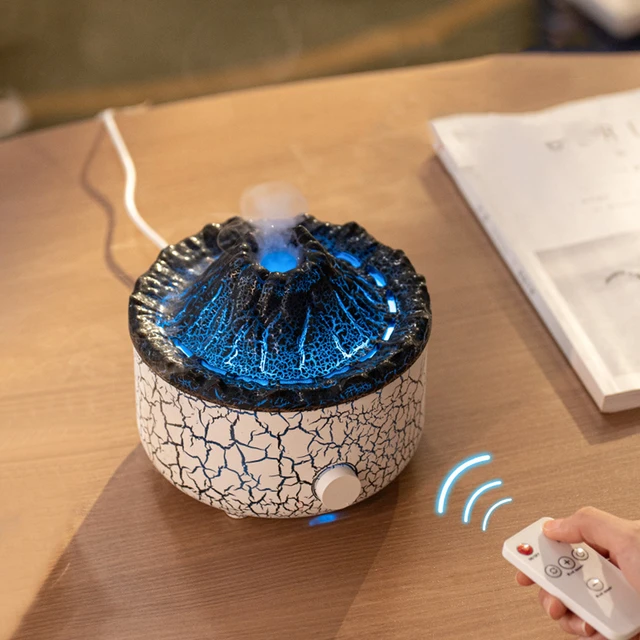
VI. Exploring Alternatives to Vinegar for Humidifier Cleaning
-
Hydrogen Peroxide:
- Hydrogen peroxide is another natural cleaning agent that can be used as an alternative to vinegar. It has disinfectant properties and can effectively remove mineral deposits and bacteria from your humidifier. Follow the manufacturer’s instructions and dilute the hydrogen peroxide with water before using it to clean your humidifier.
-
Citric Acid:
- Citric acid, commonly found in the form of powdered citric acid or lemon juice, can also be used to clean your humidifier. Similar to vinegar, it helps dissolve mineral deposits and effectively cleans the device. Dilute the citric acid with water before using it and follow the manufacturer’s instructions for cleaning.
VII. The Importance of Regular Maintenance
-
Preventing Mold and Bacteria Growth:
- Regular cleaning and maintenance are crucial for preventing the growth of mold, bacteria, and other microorganisms in your humidifier. These contaminants can be dispersed into the air and potentially have adverse effects on your respiratory health.
-
Enhancing Performance:
- By keeping your humidifier clean, you ensure that it operates efficiently and provides the desired level of humidity. A clean humidifier can help alleviate respiratory symptoms associated with dry air, promote better sleep, and enhance overall comfort.
-
Extending Lifespan and Saving Money:
- Regular maintenance and cleaning can help prolong the lifespan of your humidifier. By preventing mineral buildup and ensuring its proper functioning, you can avoid costly repairs or the need for premature replacement.
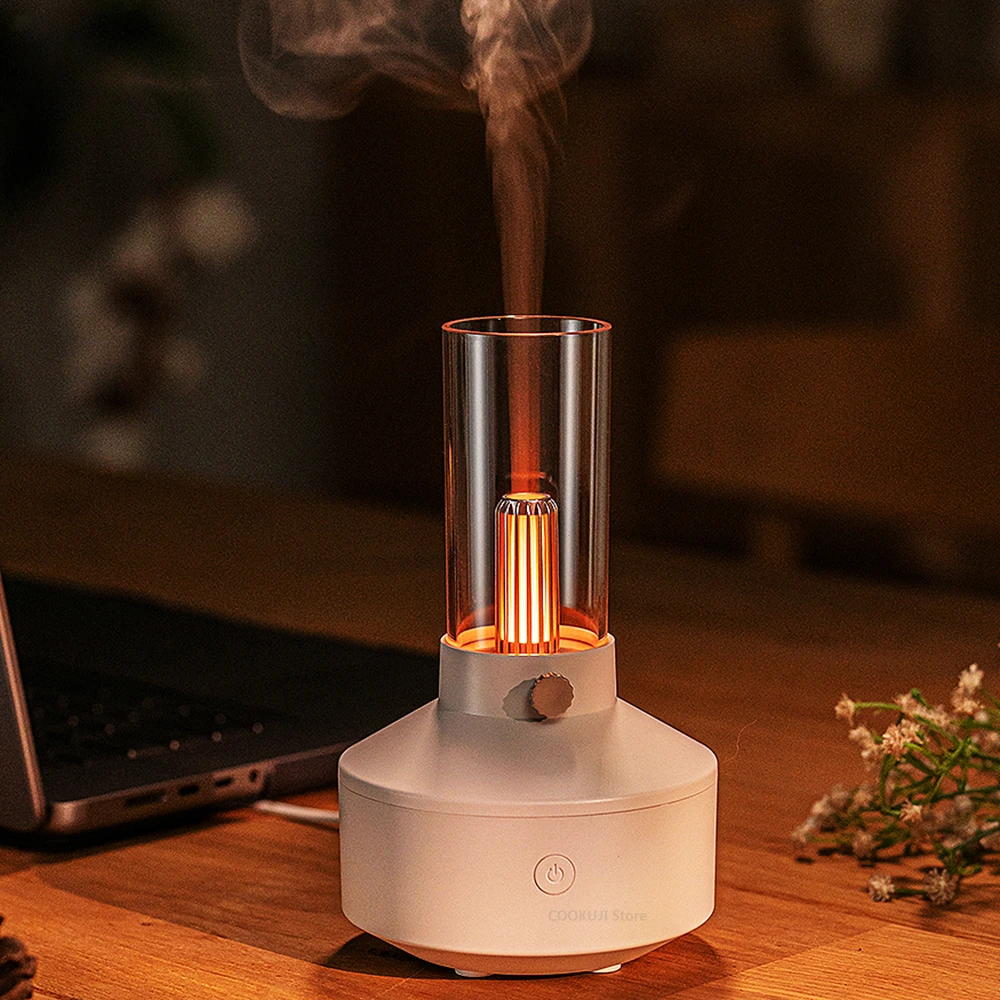
Does cleaning the air cleaner with alcohol affect the run time?
Cleaning the air cleaner with alcohol can potentially impact its runtime depending on how it is done. Different types of air cleaners have varying components that may react differently to alcohol.
V. Conclusion: A Clean and Healthy Humidifier
Cleaning your humidifier with vinegar is a safe and effective way to remove mineral deposits and residues that can accumulate over time, improving the overall performance and air quality in your home. By following the step-by-step process outlined above, you can maintain a clean and well-functioning humidifier. Remember to take the necessary precautions, adequately ventilate the area, avoid using vinegar on delicate parts, and regularly care for your humidifier.
In addition to cleaning, daily care and following the manufacturer’s instructions are essential for keeping your humidifier in optimal condition. By incorporating regular maintenance and cleaning practices, you can ensure a clean and healthy environment while enjoying the benefits of a well-humidified space.

